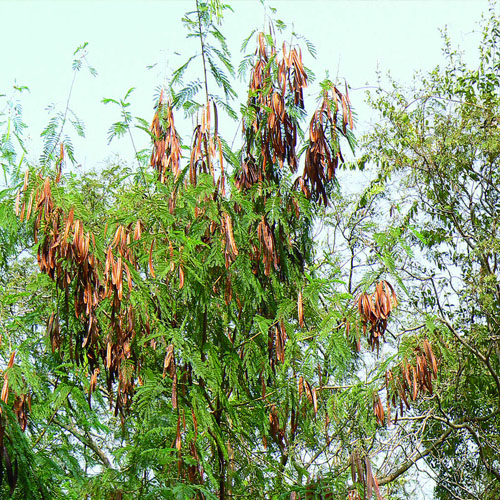Suaabambul Plants
It looks like there may be a slight misspelling in your query, as there isn't a well-known plant called "Suaabambul." However, you might be referring to the Swarnababul or Subabul plant.
Subabul, also known by its scientific name Leucaena leucocephala, is a fast-growing, nitrogen-fixing tree native to Central America and now widely grown in tropical and subtropical regions around the world. It’s commonly referred to as Lead Tree or White Leadtree.
Key Information About Subabul (Leucaena leucocephala)
-
Appearance: Subabul is a medium-sized tree that can grow up to 20 meters (about 65 feet) tall. It has bipinnate compound leaves with small leaflets, giving the foliage a delicate, feathery appearance. The flowers are small, white, and spherical, resembling puffballs, which develop into long, flat seed pods.
-
Habitat: Subabul thrives in tropical and subtropical climates and can grow in a variety of soil types, including poor or degraded soils, because it can fix nitrogen, improving soil fertility. It is commonly found in agricultural landscapes, degraded lands, and reforestation projects.
-
Ecological Benefits: As a nitrogen-fixing species, Subabul plays a crucial role in enriching soil fertility, making it valuable in agroforestry systems. It provides shade, green manure, and is also used for erosion control.
-
Uses:
- Fodder: Subabul leaves and pods are highly nutritious and commonly used as animal fodder, especially for cattle, goats, and sheep.
- Wood: The wood of Subabul is used for fuel, charcoal, and sometimes in furniture making, although it is relatively light and not very durable.
- Green Manure and Fertilizer: Due to its nitrogen-fixing ability, the leaves and branches of Subabul can be used as green manure to enhance soil fertility.


